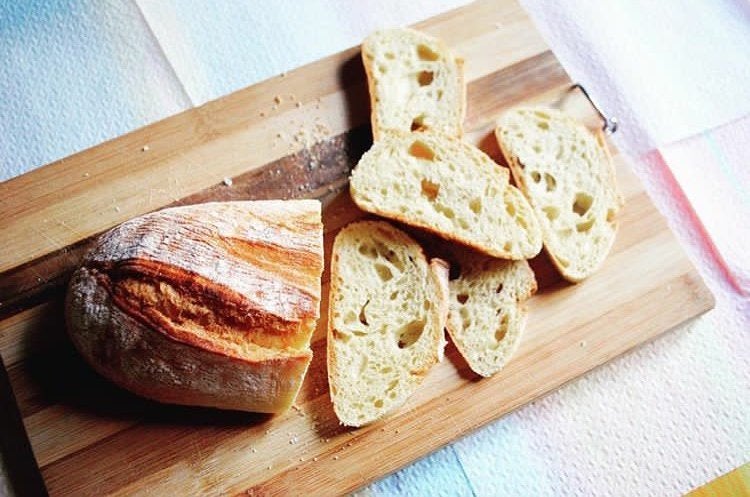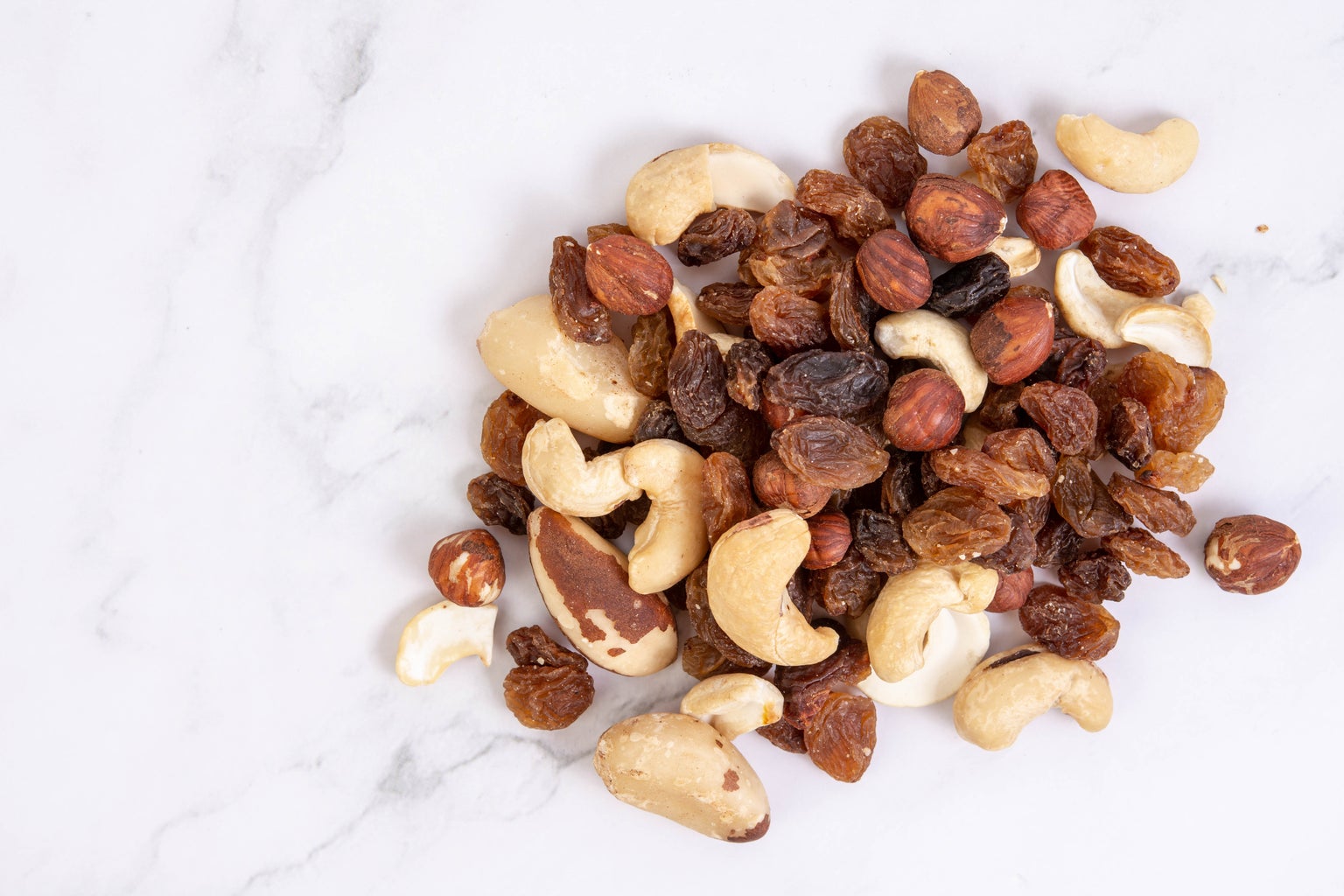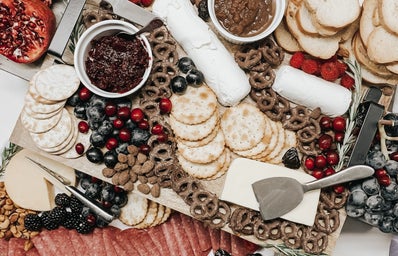Who doesn’t like a whole board dedicated to cheese? A charcuterie board with various cheeses, meats, dips, and more can really hit the spot. However, with so many options, arranging a charcuterie board can become overwhelming. Here is some general guidance for arranging a charcuterie board for beginners.
The most important aspect of a charcuterie board is that the board needs a variety of flavors. This included combining sweet, salty, and savory flavors. Start off with a range of cheeses. Try pairing cheeses that have a bold taste, such as a mild or sharp cheddar with cheeses that are softer, like brie or goat cheese.
When thinking about what type of cheeses you want, it’s also important to match it to the types of meat. A sharper cheese goes better with sausage or prosciutto, while a softer, creamier cheese works best with salami or ham.
The next element, after the cheese and meat, is the type of crackers or bread. It’s best to go with two-to-three types of crackers, and yes, you can include bread in that ratio! Baguettes pair very well with the softer cheeses since it offers an easier, spreadable surface. Crackers tend to pair best with the sharpie cheeses and meats. Crackers are more crunchy and texture-wise and go hand in hand with the bolder cheese and meats. Some of the crackers most used are the Pepperidge farm “Trio” crackers because they offer three different kinds, a saltine like cracker, a wheat cracker, and a butter cracker.

Some dips or spreads that help with combining different flavors are jam, honey or hummus. The jam and honey not only pair well with a baguette, brie and goat cheese, and even some crackers but can also pair well with fruit. Hummus may not go well with any of the crackers, meats, or cheeses but they sure go well with vegetables!
Now speaking of fruits and vegetables, some super common fruits are grapes and apples. Both go well with various kinds of crackers or bread, cheeses, and meats, or by themselves with some honey! Grapes and apples are the most common but other fruits work just as well, such as raspberries, blackberries, or even strawberries.

Vegetable wise, carrots and celery are always a good hit and are some of the most commonly liked vegetables. They go well with the hummus, or can even be tasty by themselves.
Now, some extra elements that can spice up your charcuterie board are olives or mini pickles, nuts, such as almonds, cashews, pecans, or mixed nuts, and even chocolate. These different types of flavors can add a more salty taste for your board or can push your board into a sweeter direction.

Once you get the flavors and palate together, it is time to assemble your charcuterie board.
For your board, you can use almost anything. A tray works very well for bigger gatherings such as a party, while smaller plates work well for smaller gatherings, like a get-together or even for a romantic evening.
After picking the board, tray or plate, next, it’s time to arrange your cheeses. After the cheeses, the meat should come next. Then, you should place any jars or bowls for any spread, fruit, or other elements, and fill them with what you want. After placing and filling the bowls, next should come the vegetables, and followed by the crackers or bread since they tend are more fragile. Finally, to fill any cracks, you can place nuts or chocolate to fill them.

Your charcuterie board should reflect you, your likes, and your palate. Even a simple board can make a lasting impression. Having quality elements and showing your passion for the board, is already a step forward for a show-stopping display! And hey, no one can ever hate on cheese!


